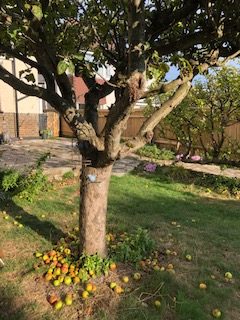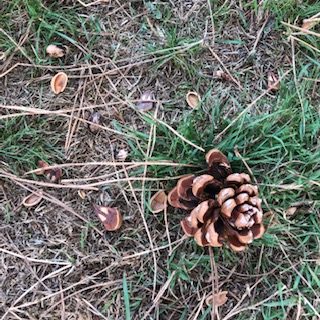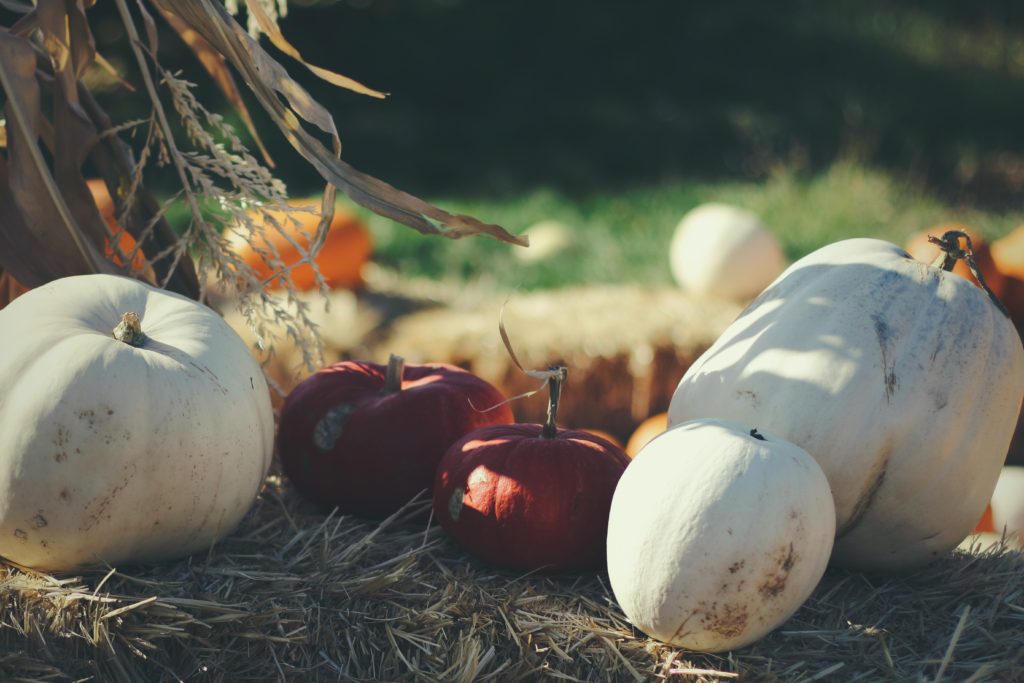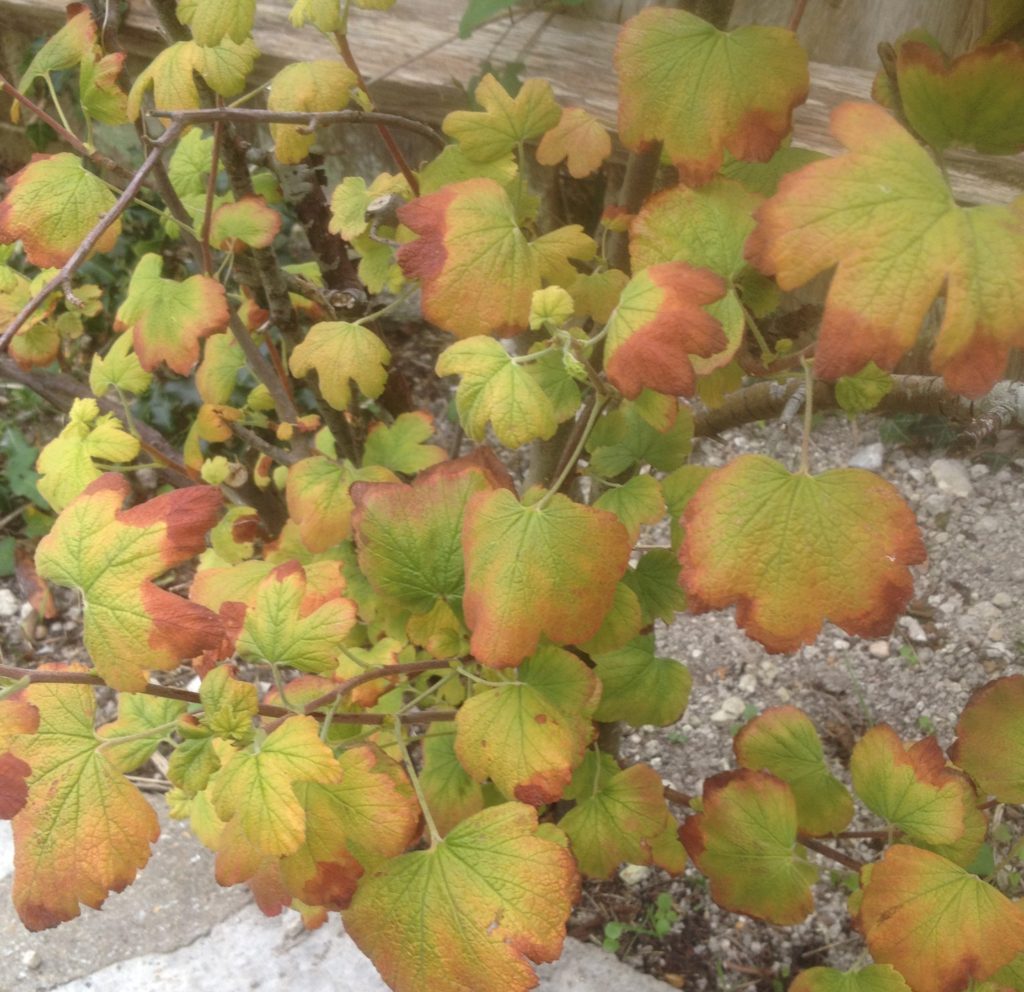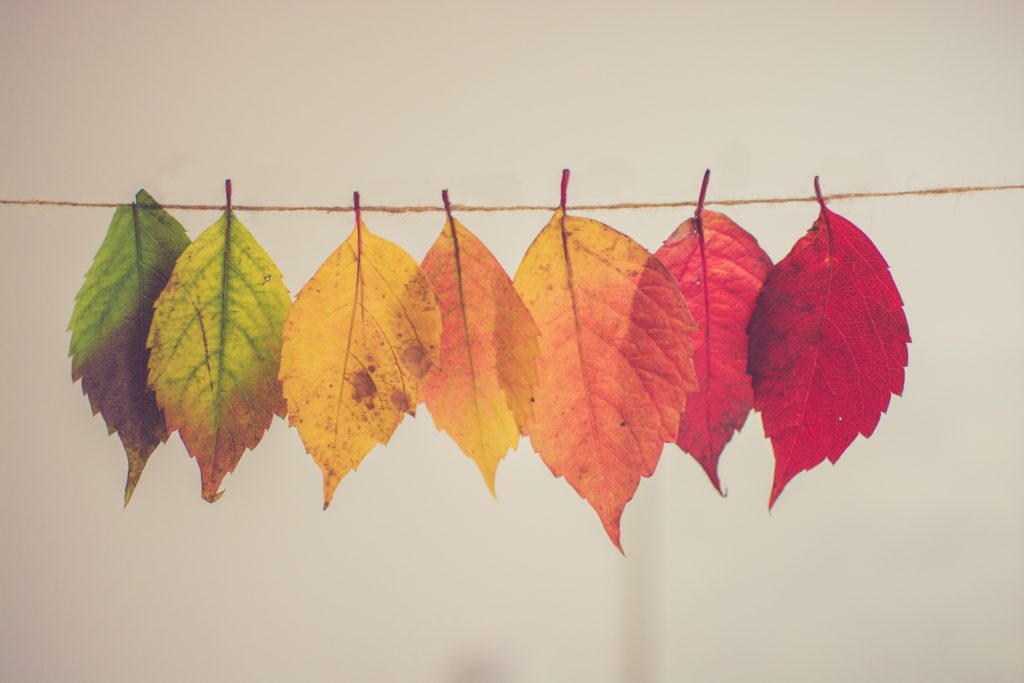As you leave the Lowlands and enter the Highlands, the landscape becomes more elemental. Rolling, cultivated hills are replaced with bleak moorland interlaced with fiercely running streams and tiny waterfalls. At the roadside, the hewn pink and grey granite is visible, great slabs of pre-history.
The landscape takes on the strange geometry of a turtle’s back; small mounds intersected by pathways worn by water. The thought of breaking down is terrifying, for there is no shelter here, only the rust red bracken and heather low to the ground.
Yet, proceed a little further north and it changes once again. Replacing the barren hills are now endless forests wearing their autumn hues: flaring copper beech trees; pale gold birch leaves fluttering against their ghost-white trunks; ranks of pine in every shade of green. The colours rivalling Joseph’s dream-coat.
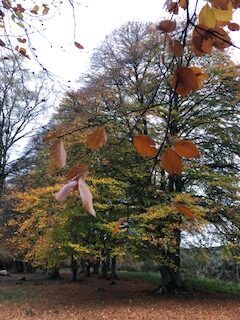
And overlooking all are the mountains, the Cairngorms.
There are many beautiful landscapes in this country of ours, yet this, in its wildness, is by far our favourite and worth the fifteen hours of driving it takes to reach.
Arrivals
We arrived late on Saturday, ready to relax and enjoy our visit. Sadly, the cottage we’d booked fell well below expectations. It looked as though it had been furnished from a charity shop in the 1970s, had views on two sides of a garage and outbuilding and stairs so steep and dangerous that my husband decided we had to leave on the morrow. I’m not great with stairs at the best of times and these would be precarious indeed.
We found another hotel and were delighted to have done so. It called itself a ‘Wildlife Hotel’, which I thought was just marketing speak for being in the Cairngorms National Park. But they were true to their name. There were daily nature based activities, a library filled with books on birds and the local wildlife, and a lobby that played birdsong rather than muzak. Perfect.
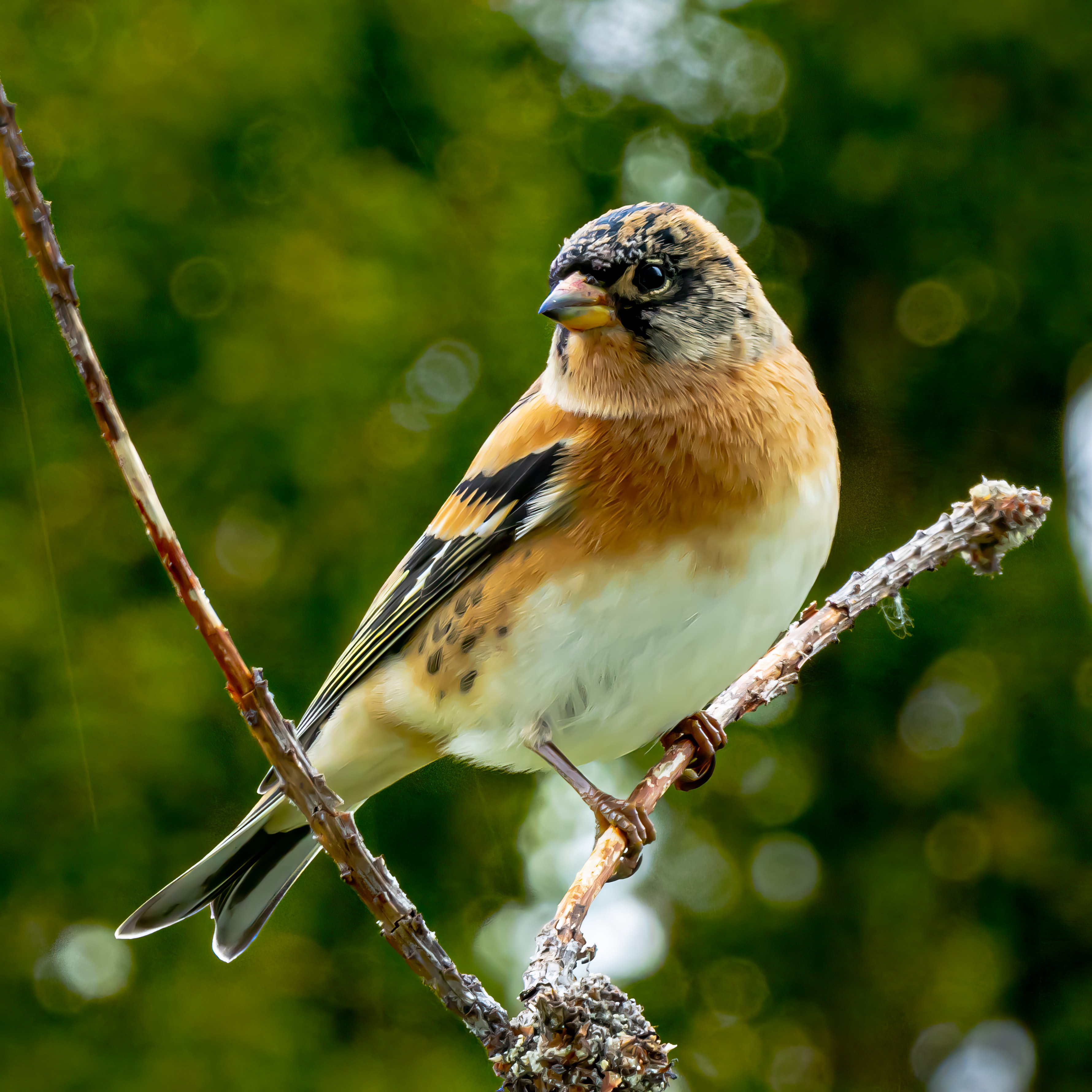
Sharing the hotel with a group of keen ornithologists made us more aware of the birds we saw. I think I spotted a flock of bramblings, above, at the Clava Cairns. They were tiny little things feasting on the beech nuts that had fallen from the trees. But whatever their name, they were adorable.
Visiting the reindeer
One of the reasons we decided to visit at this time of year was that there would be reindeer in the paddock. The Cairngorms contains the only herd of wild reindeer in Britain, but sadly, they live high on the mountains for most of the year. In the autumn and spring (the rutting and birthing seasons), however, a few are selected to come down to the paddocks where those who are unable to hike the hills can see them.
They are gentle, shy beasts and though we were unable to walk among them, we were given a very close view.
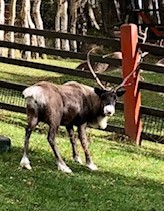
As they were being fed at the time of our visit, we asked the herder about his job and the reindeer. It was a very personalised visit, as we were the only ones there!
Water, water everywhere
Across from the reindeer centre is Loch Morlich – a huge expanse of water fringed with woodland. Walking some of its perimeter in the fragrant pine forest is a glorious, multi-sensory experience. The wind whispers through the trees; the pine exudes its clean scent; the ground beneath crinkles as one pushes through the fallen leaves; the air tastes fresh as chewing gum and the view is a magical combination of leaf and moss and sparkling water.
Forest bathing has long been practised as a way to find peace. For me, the enclosure of the trees not only brings a spiritual calm but takes me right out of the world itself into a timeless, mystical place. Time simultaneously collapses and expands. There is only that moment and that moment is part of eternity.
It was perhaps less of a spiritual experience for the dog, but she loved it all the same. In her exuberance, she raced through the trees, jumped in the burns, ran circles on the beach and chased the ducks into the water until she realised quite how cold it was. This is doggy heaven too.
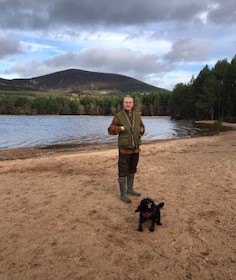
Image: Karen Costello-McFeat
The water runs down from the mountains, but often from the sky. We managed to avoid the wet weather and only experienced a few, light showers. Yet, rain aside, what the water brings is magnificent. Perhaps getting a little wet now and then is not such a great price to pay.



On the left, rain so fine that it is barely visible. In the centre, the river at Carrbridge and on the right one of the many burns that are everywhere.
A little culture
Though there is not much that can lure us away from nature, any cultural stops in nature are just fine. We revisited Culloden, a place of such sadness that it emanates from the very soil. Having dutifully wandered the modern and well presented museum, we caught the tail end of a guided walk. The leader was young and exceptionally well informed and made the whole tragic tale of the Jacobite rebellion finally come clear.
Jeff then found a Highland mystery set in the area, The Bookseller of Inverness , which further explained the consequences to the Highlands of that fateful battle. It is a gripping read that helps fill out the dry facts of history.
A trip to the Highlands is not complete without a castle, so we signed up to a walk led by a heritage guide to visit the newly restored Blairfindy Castle. It’s more of a fortified house than a castle, but fascinating all the same. Today it is used as a sanctuary for birds and bats, with boxes nestling in the ancient walls. I love that its purpose now is to protect nature rather than repel raiders.
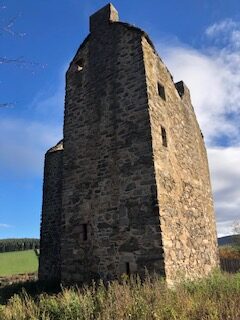
Image: Karen Costello-McFeat
Friendly faces
No trip is enjoyable if the locals are not welcoming and the Highlands are exceptional in this regard. One is always greeted on walks and treated with kindness and friendliness in shops and restaurants. For somewhere so far removed from anything, it is a remarkably cosmopolitan place. We met folks from all over the world who married Scots or who arrived here and never went home. Due to the Clearances and the lack of economic opportunities in the area, there are sadly not so many natives, but those who have chosen to live here have done so because they love its unique qualities and that leads to a very happy population.
We also received a warm Scottish welcome from my adorable aunt and uncle, who invited us for a delicious lunch and visit on our way there. It may be a long way to drive, but it also affords us the opportunity to see relatives we might not otherwise be able to see.

Image: Jeff Costello-McFeat
Our return journey gave us the chance to catch up with my dear university friend, Liz, and her husband, Peter, in East Anglia. They had organised a fabulous dinner party including my old cello teacher who had moved to the area (long story!)
There are those whose ideal holiday involves sipping cocktails on a Caribbean beach; others shopping in a large city. But me? Stomping through the woods in my wellies is my idea of heaven.



